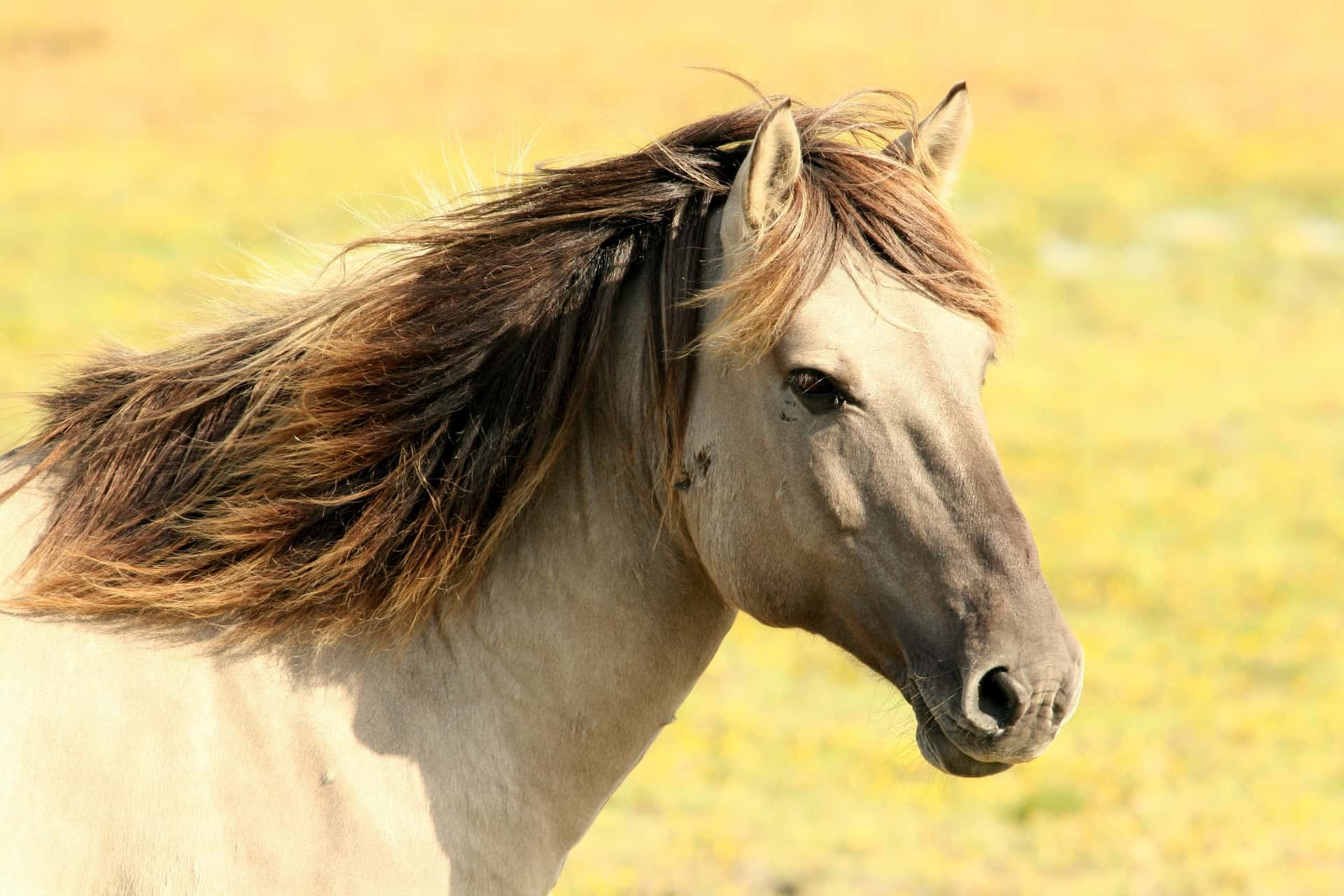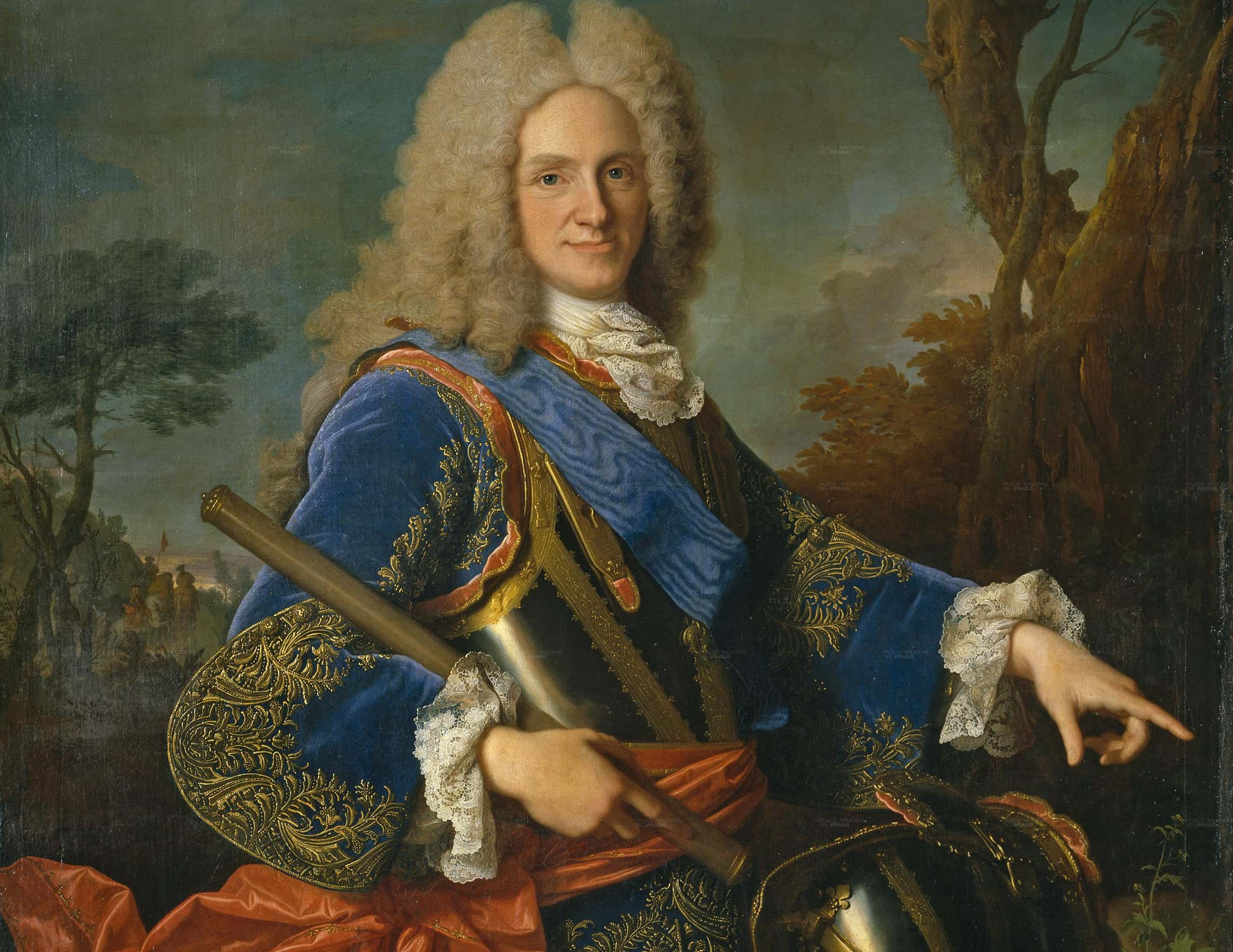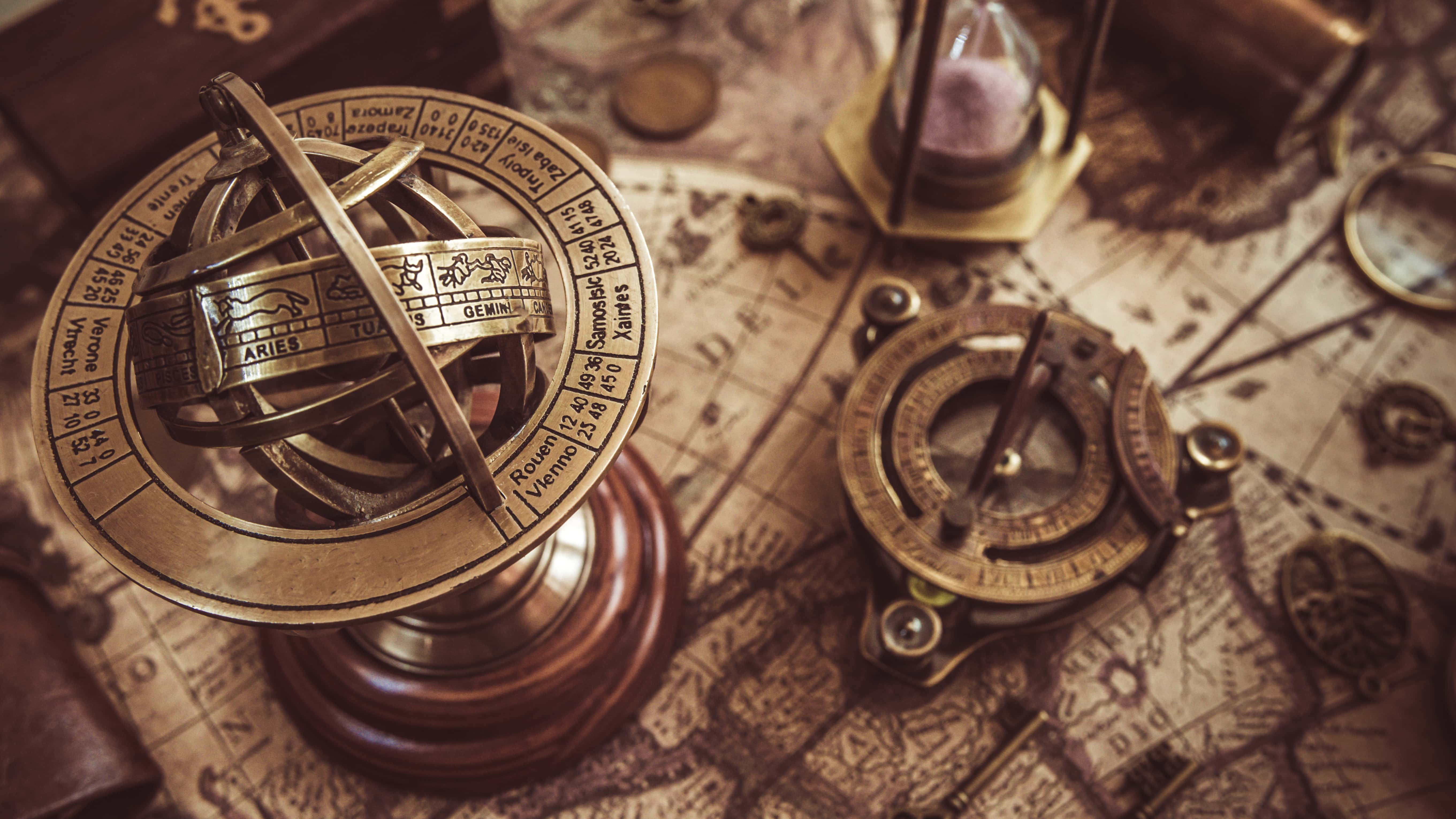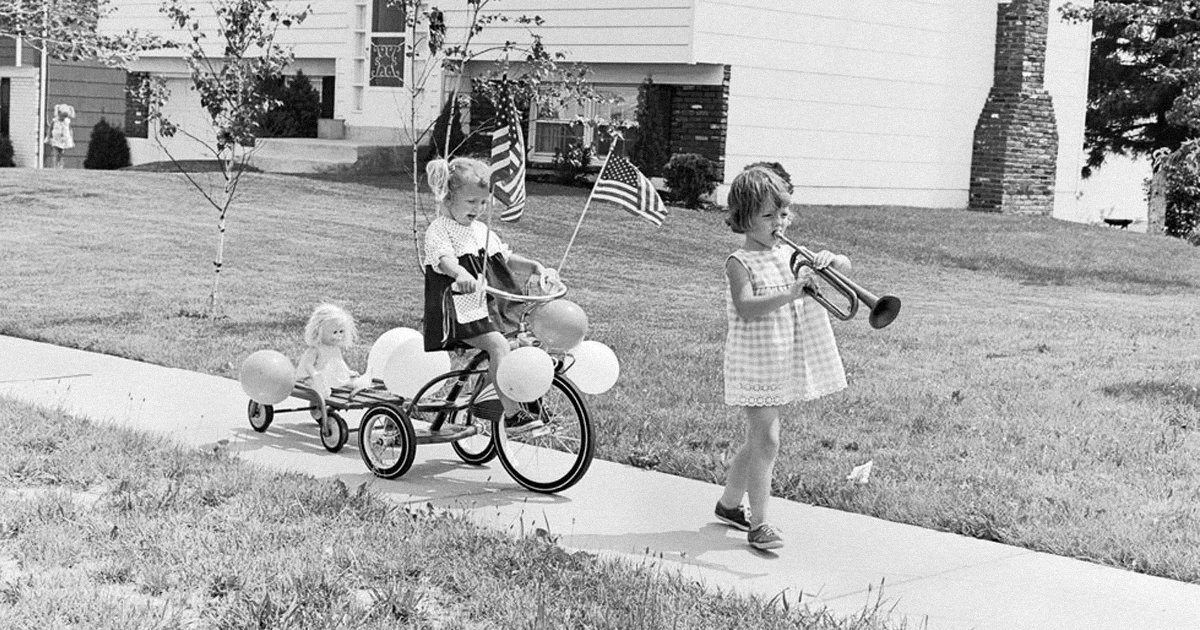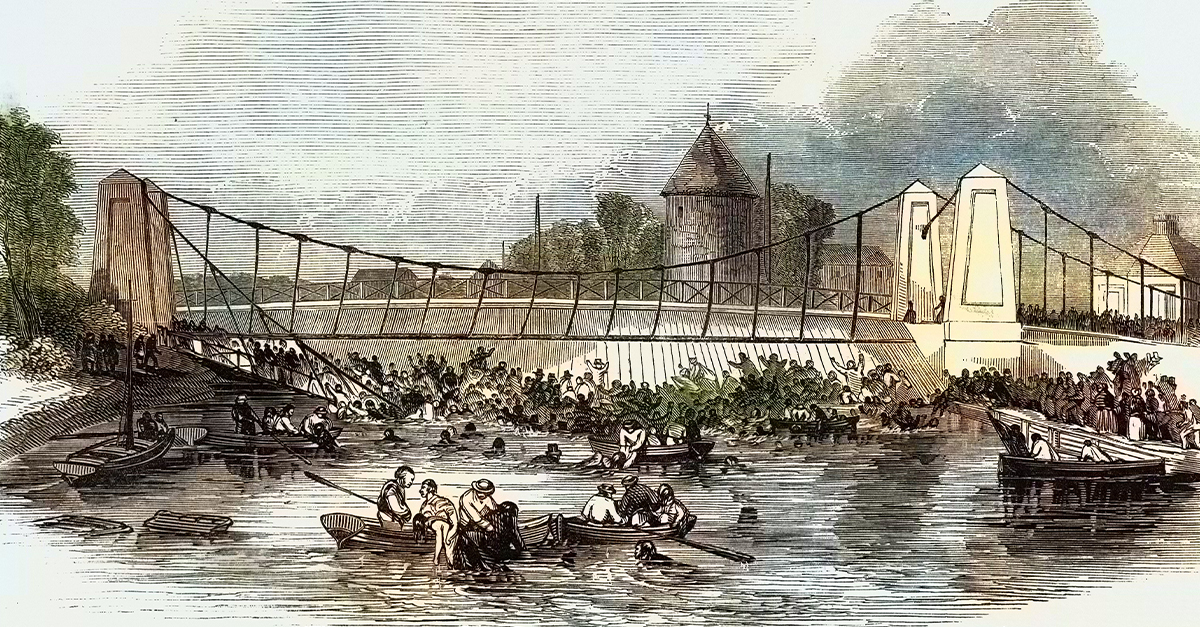Born at the end of a long line of inbreeding, Charles II suffered ill-health for his entire, albeit short, life. Badly disfigured, he was believed unfit to rule and during his life, most of the power lay in the hands of his mother, Mariana of Austria. Yet his tragic life was also filled with intrigue, and his demise plunged much of Europe into major conflict. So who was “El Hechizaro,” and who were the cast of astrologers, necromancers, and nobles that made his court such a chaotic place?
1. Take to the Streets
There was a common fear in Spain that Charles II’s marriage to Marie Louise d’Órleans left the Spanish crown susceptible to influence from France. Marie’s French attendants were often accused of plotting against the Spanish crown and one of her maids was even "questioned" for potential plots. When Marie Louise eventually ventured to live in Madrid, people rioted in front of the palace.

2. A Long and Steady Decline
Charles wasn’t totally to blame for the decline of the Spanish Habsburgs. Even though he ruled over one of the largest empires in the world, by the time he took up the throne the spending on imperial conquests and the management of colonies was not being matched by silver production. The decline actually began well before Charles II’s rule, in the sixteenth century, but Charles was the proverbial final nail in the coffin.
3. A Long Line of Habsburgs
Charles II was the last of the Spanish Habsburgs, one of the oldest and most dominant families in continental Europe. Their supremacy and politicking was also part of the reason for their eventual decline—to say they controlled the family circle would be putting it mildly. Charles II had eight great-grandparents in total and all eight of them came from the same parents: Joanna and Philip I of Castile. Marrying a cousin was fairly common in royal circles of the day, but this was pushing it.
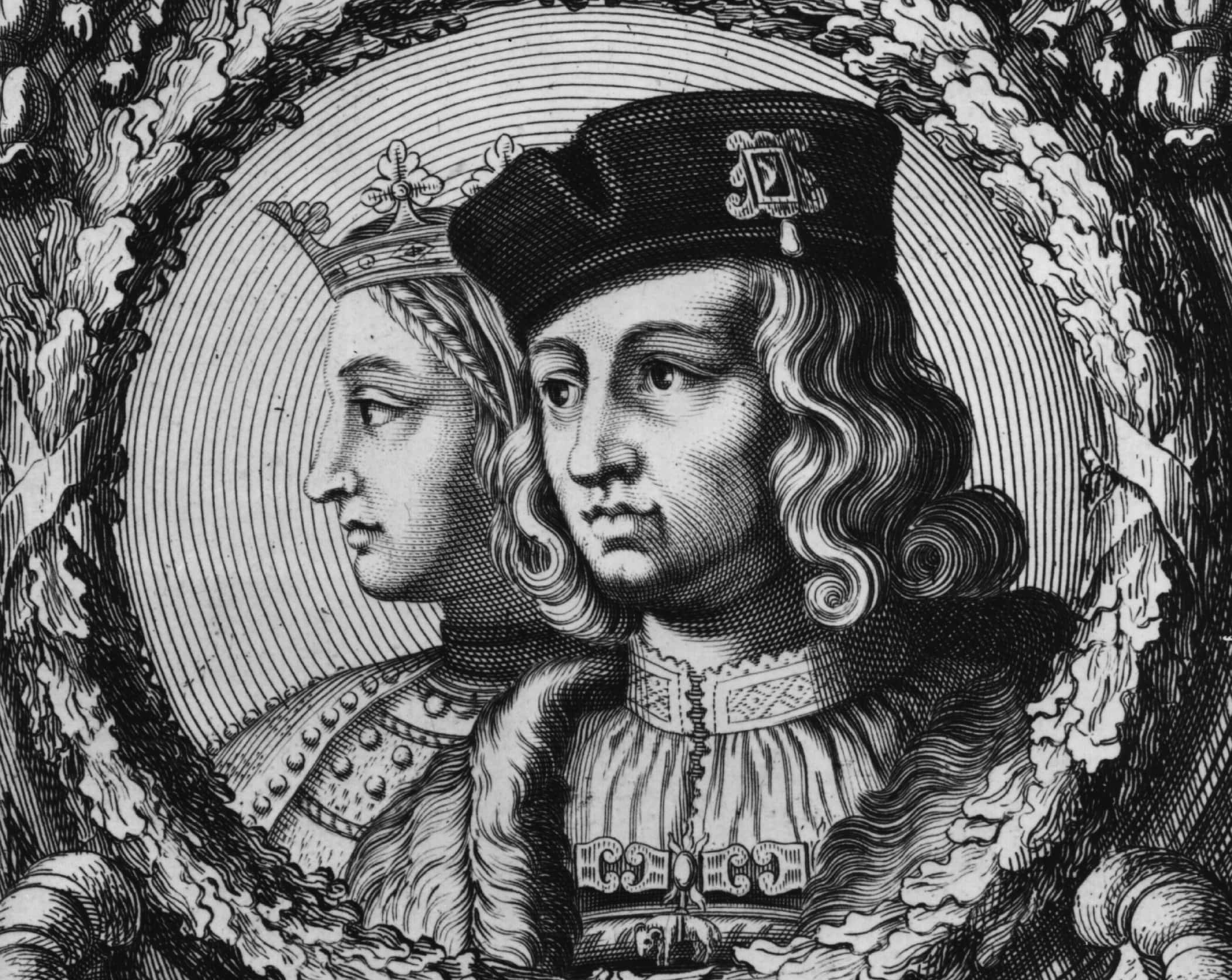 Getty Images
Getty Images
4. Could He Wrinkle His Nose?
Due to his facial deformities and general poor health, people across Spain had a nickname for Charles II. Behind his back, he was known as “El Hechizado". The English translation for “El Hechizado” is "the Bewitched". Poor guy… but also, spooky.
5. Whose Line is it Anyway?
Charles II was never successful in having an heir to the throne of Spain, so he named Philip of Anjou his successor. Philip was his great-half-grand-nephew: he was the grandson of his half-sister Maria Theresa. This distance from the actual throne caused great dispute and when Charles II perished—his choice basically caused the War of Spanish Succession.
6. Lip Service
The most notable facial deformity of Charles II was an extremely pronounced underbite, which has since been called the Habsburg lip due to its prominence in the Habsburg dynasty of European monarchs. His underbite was so severe that for the longest time Charles had difficulty learning to talk. All his life he remained fairly silent and ate little because deformed jaw caused him so many troubles.
7. Happily Ever After?
Charles II’s first marriage was to Marie Louise of Orléans, though by all accounts it wasn’t exactly love-filled. Although Charles was certainly infatuated with Marie Louise, the feelings weren’t necessarily reciprocated. The marriage was mostly political, meant to strengthen the bonds between France and Spain. Apparently, the French ambassador who was sent to arrange the marriage told Marie Louise: "the Catholic King is so ugly as to cause fear and he looks ill". Unsurprisingly, she wasn't exactly excited about the prospect, but their marriage went ahead nonetheless.
8. I Grow Old, I Grow Old
By the time Charles was in his thirties, his health was noticeably deteriorating. He was now almost completely bald because his hair was falling out in blotches. People around the court started talking about how he looked like an elderly man, and could barely even walk. He was also apparently suffering from hallucinations—it was clear that he was not long for this world.
9. The Camera Adds Ten Pounds
The images of Charles II that we have today are really quite flattering to the king. The Habsburg family did not want the public to know about the king's health conditions, so whenever they commissioned painters to create portraits of the king, they made sure that the images depicted a strong and healthy young man—quite contrary to reality.
10. Bad Influence
The political squabbling that arose after Charles II kicked the bucket led to some pretty nasty vendettas. Froilán Díaz was Charles’ personal confessor while he was still alive and his name was quickly on the chopping block as other powers sought to explain the problems of the throne. Balthasar de Mendoza, Inquisitor General and Bishop of Segovia, formally charged Díaz with “bewitching” Charles. When Díaz was acquitted, Mendoza just simply couldn’t let things go and sought to arrest those who found him not guilty. This resulted in the Council to Investigate the Inquisition, which effectively ended the feared Catholic organization's reign of terror.
11. The Good Life?
Movies make the royal life out to be pretty great, but the Spanish Habsburgs were a family of little fortune when it came to their children. At the time of Charles II’s birth, the royal family had a higher rate of infant mortality than Spanish peasants! Whereas the rate amongst commoners was somewhere around 20%, the Spanish Habsburgs had almost a rate of 30%.
12. Yell It From the Rooftops
One inescapable fact about Charles’ reign was the constant struggle for power while he was on the throne. Religion often became the focus of trying to curry favor with the Spanish court and this resulted in the largest autos-da-fé in history. For the uninitiated, an autos-da-fé is a public denunciation of heretics, usually associated with the Spanish Inquisition. With Charles’ inability to govern in any real capacity, the Spanish Inquisition ran the roost and executed more than 37 of these so-called heretics.
13. What’s in a Name?
Though he was only five years old at the time, and though rumors had quickly spread about his ill health, the Belgians still named a city after the young Charles. The city originally founded as Charnoy became Charles-Roi (King Charles) in 1666. The city's name has since been shortened to Charleroi, which it remains to this day.
 Wikimedia Commons, Maurizio Mass
Wikimedia Commons, Maurizio Mass
14. City Under Siege
Soon after the city was named for Charles II, Charleroi became the center of a game of political hot potato. In some ways, it represented the decline of Spanish influence during Charles’ reign. It was originally expropriated by the Governor of the Netherlands, Francisco Castel Rodrigo. But then Louis XIV marched in with his French army and they took it over. Spain quickly won the city back, but then it was taken over once again by the Dutch, the French, and the Austrians. The city then bounced between the three nations eventually settling with the Netherlands. What a whirlwind!
15. What Does Science Say?
Historians have long argued that intense inbreeding led to Charles’ health problems and the fall of the Habsburg line, but why exactly does this happen? As geneticist Gonzalo Alvarez points out, every person inherits their genetic code from their parents. Usually, any deficiencies or issues in one code are canceled out by the code of the other parent. But if parents come from the same genetic stock, the likelihood for genetic issues skyrockets. Alvarez devised an “inbreeding coefficient” based on the Habsburgs. To boil all that science down to something a bit simpler: 25% of Charles II’s genes were duplicates.
16. Jealous Younger Brother
Although a lot of scientists have looked into the genetics behind Charles’ deformities, it does seem like he also drew an unlucky hand in life. His sister Margaret Theresa didn’t have his same health problems, despite also being born within a close, inbred family stock. By all accounts, she was considered an attractive young princess.
17. Family Tradition
With the ill health of Charles II seeming to leave Spain in a constant state of uncertainty, Charles’ sister Margaret Theresa’s marriage was a big deal and required careful negotiation. Several suitors popped up, but to keep the family tradition alive, she… erm… stayed close to home. She ended up marrying Leopold I of the Holy Roman Empire. Leopold was her maternal uncle and paternal cousin. If you’re trying to figure out what that means, well, you’re not alone.
18. A Tragic End
Although Charles’ sister Margaret Theresa was generally in much better health than her brother, she too came to a tragic and painful end. After several ill-fated attempts at childbirth, including two miscarriages, Margaret developed bronchitis while pregnant for the seventh time. She was only 21 when she succumbed to the complications.
19. Fast Time at Castilemont High
As if his poor health wasn’t enough, Charles also inherited a mess upon his accession to the Spanish throne. Between the Portuguese Restoration War and the War of Devolution with France, Spain was pretty much broke. Two treaties were quickly drawn up—one with France and one with Portugal. The latter Treaty of Lisbon recognized the sovereignty of the Portuguese crown.
20. Long Distance From the Start
Charles wasn’t even present for the ceremony of his first marriage to Marie Louise d’Orléans. The pair had what is known as a proxy marriage, in which one or two of the parties aren’t present for the actual ceremony. Marie’s distant cousin Louis Armand I stood in for Charles, who was too sick to travel. How romantic!
Just fill in for the groom
21. An Unhappy Marriage
Married life between Marie Louise and Charles II wasn’t exactly bliss. A number of aspects of the marriage caused mental strains for the young queen. Her husband’s poor health and, relatedly, her inability to bear a child, were said to be the cause of great anguish. The fact that the rules of the Spanish Court forbade any touching of the Queen only added to the sense of isolation that Marie Louise felt.
22. Split Decision
Charles II might not have had the faculties to be a great ruler, but technically he caused a major shakeup in the political geography of Europe. His passing started the dispute between the Spanish and the Austrian sides of the Habsburgs and this amounted to the War of Spanish Succession. Because of this conflict, Spain lost control of the southern parts of the Netherlands. Naples, Milan, and Sardinia were all turned over to Austria. They lost Sicily to the House of Savoy. Meanwhile, Britain gained the territories of Gibraltar and Menorca.
23. Days Gone By
The Habsburgs were one of the most expansive and important families in all of continental Europe. They took their name from the Habsburg Castle, which was built in the 11th century in what is now Aargau, Switzerland. When Charles II passed on, the line became extinct in Spain, though it lived on in Austria for another 40 years until it went extinct on the male side with the passing of Holy Roman Emperor Charles VI, then completely with his oldest daughter's demise in 1780.
24. Brownie Points
Charles' court was full of intrigue and it was well known around town that the man you had to see to get any favors with the throne was Fernando de Valenzuela. Whispered rumors suggested that Fernando was queen-regent Mariana's lover. He quickly earned the nickname duende, meaning “brownie,” or the person who knew how to get the sweets!
25. Through the Looking Glass
Court favorite Fernando de Valenzuela epitomizes the absolutely ridiculous intrigue surrounding the crown of Charles II. Since Fernando was (probably) a lover of Charles’ mother Mariana, he gained a strong foothold as the “introducer of ambassadors” at the court. But that also meant he had a target on his back. An intrigue led by Don John of Austria the Younger ousted Fernando, who was only saved by his lover’s good graces.
Fernando was appointed ambassador to Venice, but quickly traded that post for one in Granada before once again trading up until he was back in Charles’ court with a counter-intrigue against John the Younger and a shiny new role as prime minister. After all that, he eventually was captured in a revolt, exiled to the Philippines, released, then allowed to move to Mexico, where he lost his life after being kicked by a horse. Go figure.
26. He’s My Brother!
One of the major problems facing Mariana as she declared Charles unfit for rule and maintained her role as queen-regent in his early years of rule was the looming figure of John of Austria the Younger. John was Charles' illegitimate half-brother. His mother was a popular actress named Maria Calderón—very popular if you ask Charles’ dad, Philip IV...
27. A Hero Among Us
Charles’ half-brother John of Austria the Younger was one of the few military figures to do pretty well for himself during a period when Imperial Spain was in freefall. He was one of the only generals to make any major gains or win any major battles in the regions of the Netherlands, Portugal, and Dunkirk when, for the most part, Spain was giving up these territories.
28. The Plot Thickens
John of Austria the Younger used his popularity as a Spanish army hero to finally oust Queen Mariana from power. He led a coup in 1677 that forced his father’s widow into exile. Once she was out of the way, it was fairly easy pickings to wrestle control of the monarchy away from his oft-ill half-brother Charles. John’s reign wouldn’t last long, though: he perished in 1679 with rumors going around that he was poisoned.
29. Utter Popery
While at the height of his military prowess, John of Austria the Younger became the star attraction in Titus Oates’ “Popish Plot” of 1678. The plot was a fictitious conspiracy created by Oates, claiming that Catholic forces were set to invade England and return the island to Catholicism. The problem Oates ran in to was rather simple: when he claimed that he had met John the Younger in Madrid, where he learned about the plot, he forgot to check if King Charles II of England had ever met the Spanish general.
In fact, the English King had done that very thing in 1656. So, when the King asked what John looked like, Titus had no clue. The plot was then quickly revealed as a fabrication meant to stir up anti-Catholic sentiments in the country.
30. Get in Line
The whole kerfuffle over the line to the throne when Charles II passed on was partly due to the uncertainty about who may or may not live more than a few months. While Philip V of Spain eventually won the crown, people noted that he was the Grand Dauphin of France's son. The Dauphin was the only child of Maria Theresa of Spain to live past the age of six! Maria Theresa had six children, most of whom did not survive infancy. Not exactly a great track record!
31. Do as I Say!
Marie Louis d’Órleans was married off to Charles II primarily because she was in love with Louis, the Grand Dauphin. Louis XIV didn’t have the highest opinion of his son, so instead of allowing the love to flourish, he used Marie Louise to help build a better alliance with Spain. Harsh for the Dauphin, but even more harsh for Marie Louise!
Louis, Grand Dauphin
32. Round Two, Fight!
After the passing of Marie Louis d’Órleans in 1689, quick work was made of securing Charles II a second wife. Charles’ mother, Mariana, handpicked wife number two. Maria Anna of Neuburg was chosen primarily because her family was well known for producing many healthy heirs. Hey, you've gotta be known for something!
33. No Future, Part Two
Maria Anna of Neuburg quickly discovered that her power as Queen of Spain was going to be severely limited. The fact that she was unable to produce an heir was realized almost immediately, not that it was her fault. Charles was quite simply impotent.
34. Whose Side Are You On?
Maria Anna was increasingly used as a pawn in the growing conflict between the Austrian and the Spanish sides of the Habsburg dynasty. Having not given birth to an heir, she left the succession of the Spanish throne in grave doubt. Maria remained loyal to her Austrian family—so much so that Charles actually had to banish some of her German entourage from the court.
35. Forget This Noise
After the passing of Charles II, his second wife Maria Anna was moved around to different places, including the ancient city of Toledo. Yet, she was dogged wherever she went, as the Austrian and Spanish sides of the Habsburgs continued to spar over the rightful heir to the Spanish throne. Word has it that Maria Anna was eventually forgotten and, out of the spotlight, she moved to Bayonne, France, where she married a local barrel-maker. Ah, yes, the easier side of life.
36. Afterlives
Given how fretful Maria Anna’s marriage was to Charles II, it’s hardly surprising that she is so often remembered for the rumor that she married a barrel-maker in her later life. In fact, one of the most famous depictions of the former Spanish Queen is in the play Ruy Blas written by Victor Hugo in the 19th century. The play depicts a queen who falls in love with a common worker. As a tragedy, the story… doesn’t end well for anybody.
37. Tight-Knit Family
Charles II’s father and mother were closely related: Philip IV was Mariana’s uncle! This means that Charles was a son, great-nephew, and first-cousin all rolled into a single package.
38. Daddy Issues
The reason that Charles was unable to produce an heir was most likely because he was impotent due to a number of health issues that plagued him throughout his life. That didn’t stop him from seeking out possible solutions, no matter how far out they seemed. An astrologer once suggested that he hadn’t said his proper goodbyes to father before he passed on, and that was causing his infertility. So Charles' mother had Philip's body exhumed so Charles could bid it adieu. Not that this needs to be said, but it didn’t work.
39. Water on the Brain… Operation!
Rumors ran wild about Charles II during his lifetime, and this wasn’t about to stop once he had passed on. The doctor who performed the autopsy on Charles’ body cashed in on this trend some years later. He proclaimed that when he opened up El Hechizado, his body didn’t have any blood in it, his only testicle was shriveled and “black as coal,” his intestines were rotted away, and his head was full of water. Sounds like Guillermo del Toro’s next movie.
40. It was Mariana! In the Stables! With the Poison!
Marie Louise’s demise in 1689 left Charles heartbroken. The circumstances of her end, though, were rather mysterious. After going horseback riding one evening, the queen complained of a pain in her stomach. That night she died. Rumors swirled that in fact Marie Louise had been poisoned at the behest of her mother-in-law. Modern science says it was probably appendicitis. So, essentially, it was probably appendicitis and not a poisonous revenge… but who knows?!
41. Dark Forces
Rumors swirled that Charles II’s first wife, Marie Louise d’Órleans, was poisoned by Olympia Mancini at the orders of Charles’ mother. Mancini herself had a rather colorful life. The incident with Marie Louise was not the only time she was accused of poisoning someone. She was implicated in the “Affair of the Poisons,” a shocking scandal that occurred in France between 1677 and 1682. Prominent members of the French court kept popping up dead, rather inconveniently. Charges laid against those accused, including Olympia, were poisoning and witchcraft. Many thought the killings were ritualistic. This would have made a great Dario Argento movie.
42. Like Father, Like Daughter
Olympia Mancini, the woman allegedly responsible for the murder of Charles II’s first wife, probably got her knack for dark mischief from her father. Lorenzo Mancini was an Italian aristocrat who liked to dabble in the dark arts. Along with his role amongst the nobles of Italy, he was also super into necromancy and astrology.
Sources: 1, 2, 3, 4, 5, 6, 7, 8, 9, 10, 11, 12, 13, 14, 15, 16, 17, 18, 19























